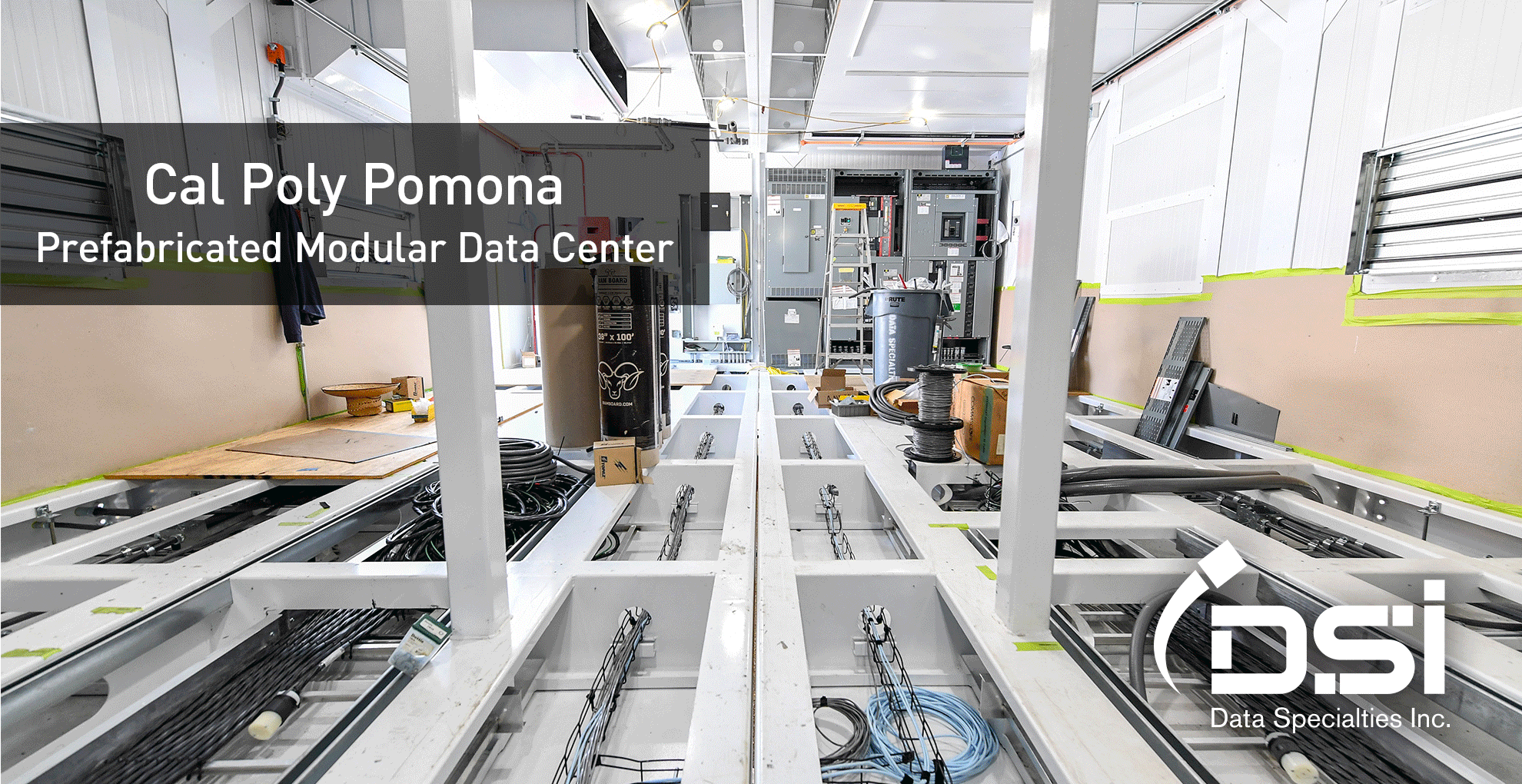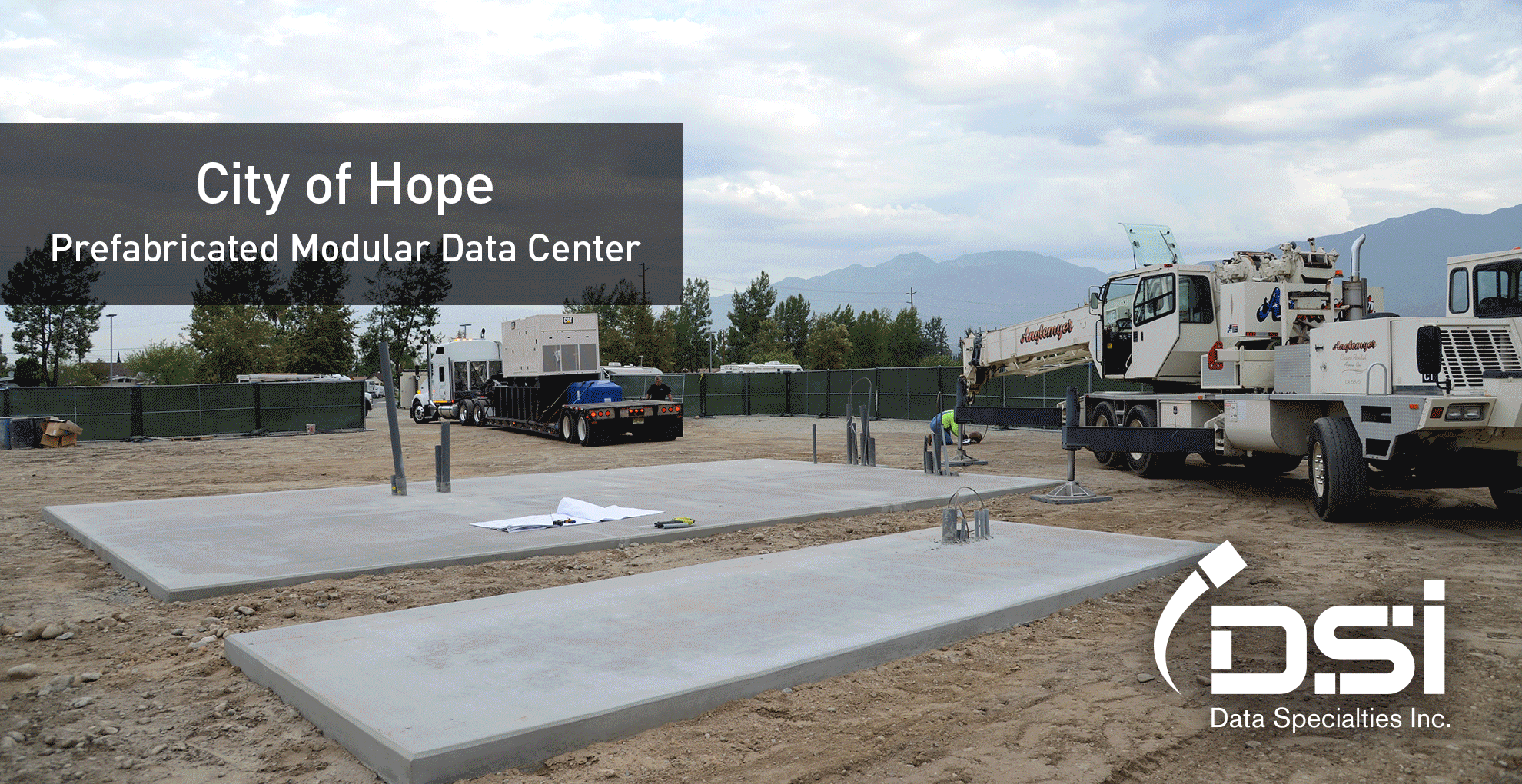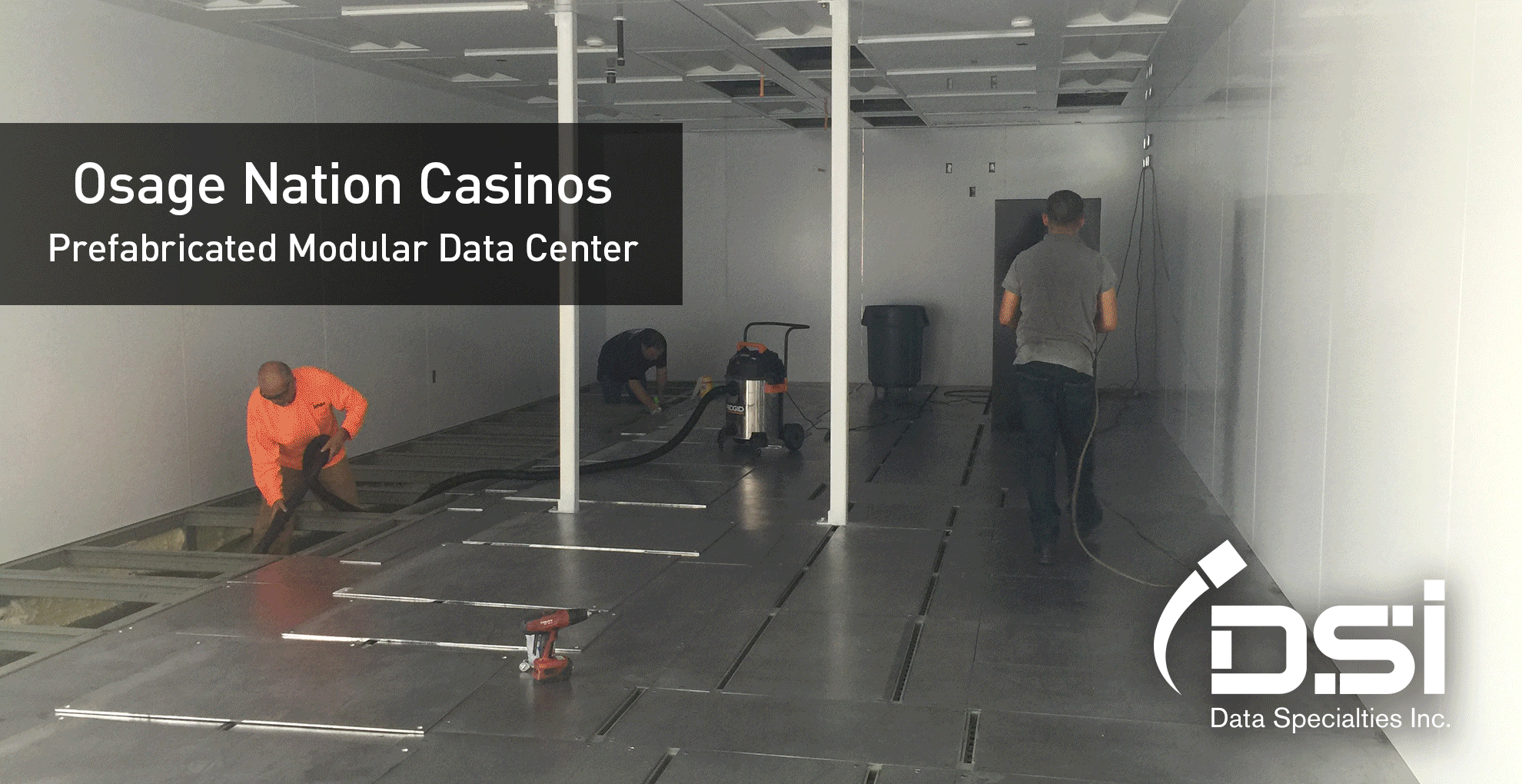Revisiting Airflow Management in the Data Center: Easy-to-Implement Ways to Save Energy and Cooling Costs
Managing the temperature in the Data Center is top of mind for Data Center owners and operators in order to keep critical IT equipment working properly. If the CRAC unit isn’t providing the necessary cooling level, there may be a tendency to think additional cooling capacity is the answer. In many cases, however, that isn’t the right move. Instead, managing airflow is the way to fine-tune the thermal environment, gain efficiencies, and avoid additional cooling costs.
When the airflow is not properly adjusted, it can result in hotspots, wasted cooling air, reduced capacity of the whole system, and additional costs when you lower the operating temperature of the CRAC unit to compensate. There are several key problems with airflow that are easy to identify and to fix:
- Air Mixing – when hot and cold air mix at the air intake valve. This can be caused by empty space in the racks or a lack of containment systems in the Data Center, which allows hot air back into the intake.
- Leakage – when rack cutouts leak cold air away from where it needs to be to cool the equipment; or legacy racks not created for a modern CRAC system interrupt airflow.
- Poor CRAC Unit Placement – when racks and IT equipment are too close to the CRAC unit, they may not get enough cooling, as it can create hotspots and low-pressure areas under the floor.
- Perforated Floor Panels – the wrong type or incorrect placement of the perforated floor panels can cause inadequate airflow.
With airflow sensors and temperature monitoring, as well as Computational Fluid Dynamics (CFD) for more advanced analysis, it’s often quite a straightforward process to identify the challenges within each Data Center.
Best practices to improve airflow management include:
- Use long rows
- Create hot and cold aisles and parallel rows with the backs of servers – where the hot air is exhausted – facing each other
- Use containment systems, closing hot and cold aisles off from each other
- Use perforated panels on raised floors only in the cold aisles. Select the correct type of panel based on the rack load density
- Use dampers to balance the airflow based on load density
- Locate low-density racks at the end of rows
- Minimize cable cutouts and provide cable grommets to restrict air leakage
- Eliminate space between racks
- Install blanking panels to fill any unused positions in racks or enclosures
- Seal gaps between raised floors and walls
- For high density rack loads consider using in-row cooling topology
The first step in understanding airflow and its management in your Data Center is to analyze the rack load density, redundancy requirements, and identify the shortcomings and risks. Then decide on, and implement, the combination of strategies that will reduce hot spots and improve CRAC efficiency.
This kind of analysis is a specialty here at DSI. We can answer your questions about airflow management and even help you update your infrastructure to be the most energy-efficient and cost-effective. Get in touch with us today so we can help you avoid those hot spots—in your Data Center and on your budget spreadsheet. Contact DSI



